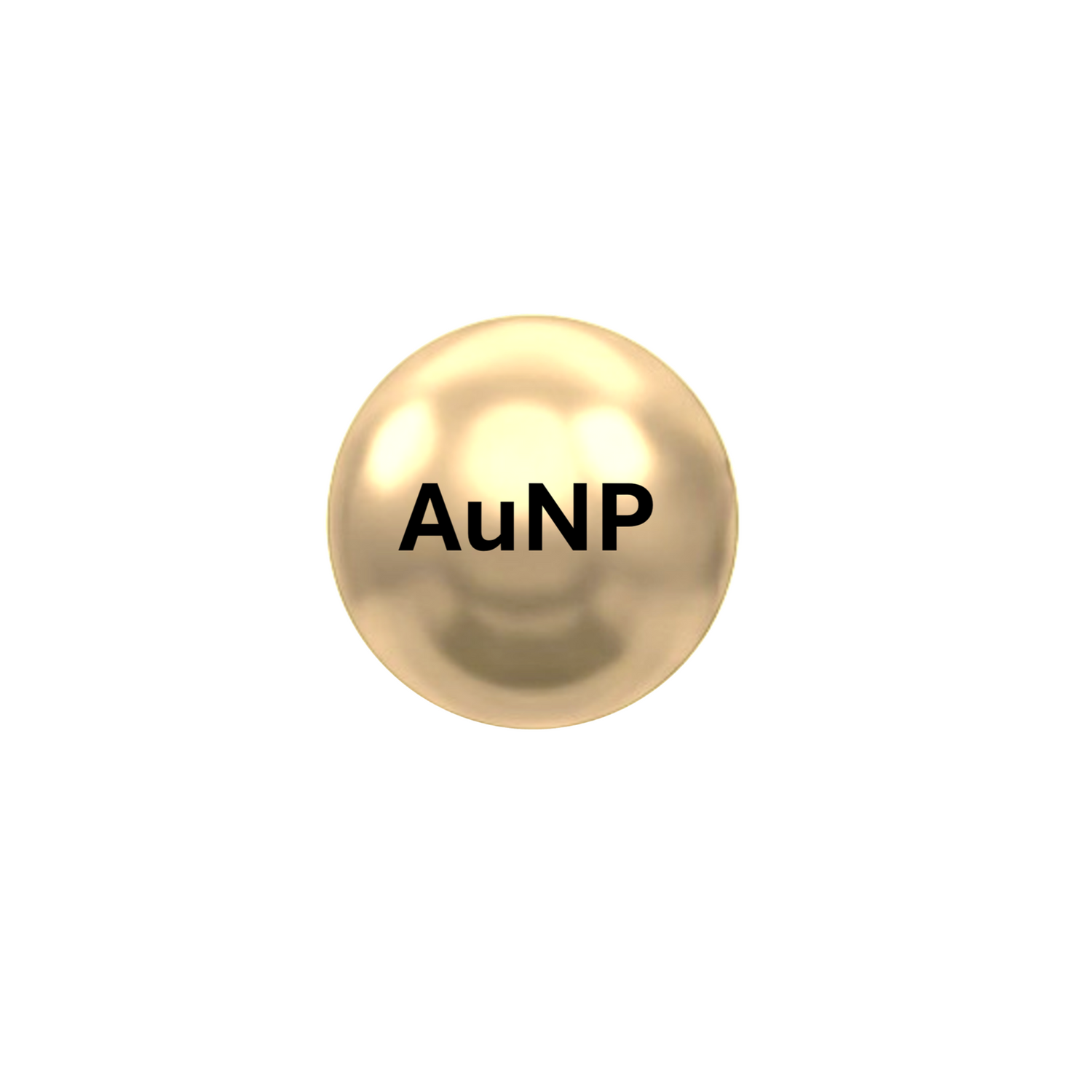Ma boutique
100 nm ''Lateral-Flow-Easy'' Gold Nano-Spheres
100 nm ''Lateral-Flow-Easy'' Gold Nano-Spheres
SKU:SKU: NB-GSPLF-100-5CARB-20-1
Couldn't load pickup availability
NanoBrand offers Highly Monodisperse Gold Nano-Spheres with:
- CoV (Coefficient of variation/polydispersity) ≤ 5% (with CoV ≤ 12-15% offered on the market) for particles of 10nm size and larger,
- Polydispersity index (PdI) ≤ 0.1 (with PdI≤ 0.2 typically available).
Our Gold Nanoparticles offer the following advantages for lateral flow assays (LFAs):
Consistent Optical Properties: Monodisperse Gold Nanoparticles have a uniform size distribution, leading to consistent localized surface plasmon resonance (LSPR) characteristics. This results in a stable and predictable color signal (typically red) that is critical for visual detection in LFAs. Polydisperse nanoparticles, with varying sizes, can produce inconsistent or diffuse colors, reducing readability and assay reliability.
Improved Sensitivity: The uniform size of monodisperse Gold Nanoparticles ensures optimal binding efficiency to target biomolecules (e.g., antibodies or antigens). This enhances the signal intensity per particle, improving the assay’s limit of detection. Smaller or larger particles in a polydisperse mix might either underperform or aggregate, diluting the signal.
Enhanced Reproducibility: Uniform particles lead to consistent conjugation with recognition elements (e.g., antibodies), ensuring batch-to-batch reproducibility in manufacturing. This is crucial for commercial LFAs, where variability can lead to false positives or negatives, undermining trust in the test.
Better Flow Dynamics: In LFAs, nanoparticles must migrate smoothly through the porous membrane (e.g., nitrocellulose). Monodisperse Gold Nanoparticles, with their uniform size, exhibit predictable capillary flow behavior, reducing the risk of clogging or uneven distribution that could occur with polydisperse particles.
Higher Colloidal Stability: Monodisperse Gold Nanoparticles are less prone to aggregation due to their uniform surface chemistry and size-dependent interactions. Aggregation can cause false signals or block migration in LFAs, whereas stable monodisperse particles maintain performance throughout the assay.
Tunable Size for Optimization: Monodisperse Gold Nanoparticles can be synthesized at specific sizes to balance signal strength and mobility. This tunability allows researchers to optimize the particles for specific analytes or assay conditions, which is harder to achieve with polydisperse populations.
Absence of Additional Stabilizing Agents: Our nanoparticles are dispersed in Milli-Q water (18.1 MΩ-cm) and have long-term dispersion stabilities, without any need for additional stabilizers, which may be potentially interfering. Alternatively, the nanoparticles available on the market are often dispersed in various stabilizers such as Tweens, PBS or proprietary stabilizers of unknown formulation.
Precise Reproducibility of the Lots: Consistent nanoparticles properties are essential for meeting regulatory standards in biomedical and pharmaceutical applications. In commercial products, such as lateral flow assays, batch-to-batch variations can affect product performance and reliability. In research, inconsistent nanoparticles properties between batches also affect research validity and can lead to irreproducible results.
Eco-friendly Synthesis: Our Green chemistry approach minimizes the use of harsh reagents and reduces the environmental impact of nanoparticle production, aligning with sustainable research practices.
Polyethylene glycol (PEG) chains are attached to the nanoparticles surface via thiol groups leaving the carboxyl group available for further functionalization. This type of surface coating is very stable because of the strong binding affinity of the thiols. PEGylation is required for a great variety of applications, providing nanoparticles with excellent stability in different solvents, including pH and high salt stability, and preventing nonspecific protein adsorption. PEG-carboxylate surface enables covalent binding with free amines, thus allowing conjugation of amine-containing proteins and biomolecules to the surface of gold nanoparticles. Thus, gold nanospheres with PEG-carboxylate surface can be used to prepare stable conjugates via EDC/NHS coupling.
Storage:
-For citrate-coated Gold Nanoparticles: store at 4-25grad C away from light - DO NOT FREEZE. Shake the bottle before use.
-For Gold Nanoparticles with PEG-COOH surface: store at 2-8grad C away from light – DO NOT FREEZE. Shake the bottle before use.
Expiration: Products can be used for at least one year. If kept longer, measurement of UV-vis spectra is recommended to confirm products stability. Storage at lower temperatures is preferable for increasing the shelf life.
Safety and Handling: NanoBrand does not guarantee the suitability of its products for any particular application. It is the customer’s sole responsibility, prior to use, to determine that the product is suitable and permitted for the customer’s intended use and application. Please consult our Terms and Conditions.
For "Lateral-Flow-Easy" nanoparticles products, customized diameters/ concentrations/ PEG spacer sizes are available on request.

Share
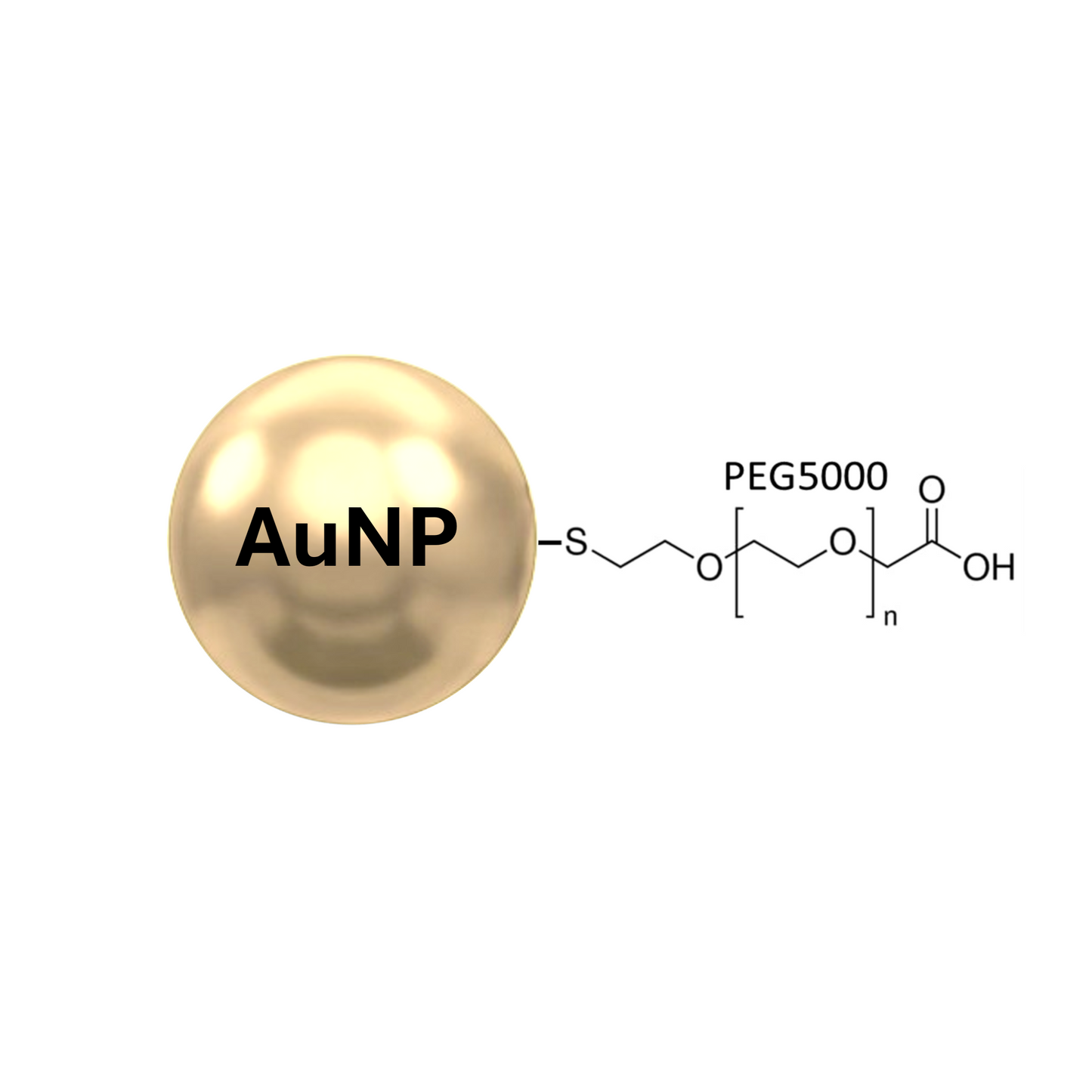
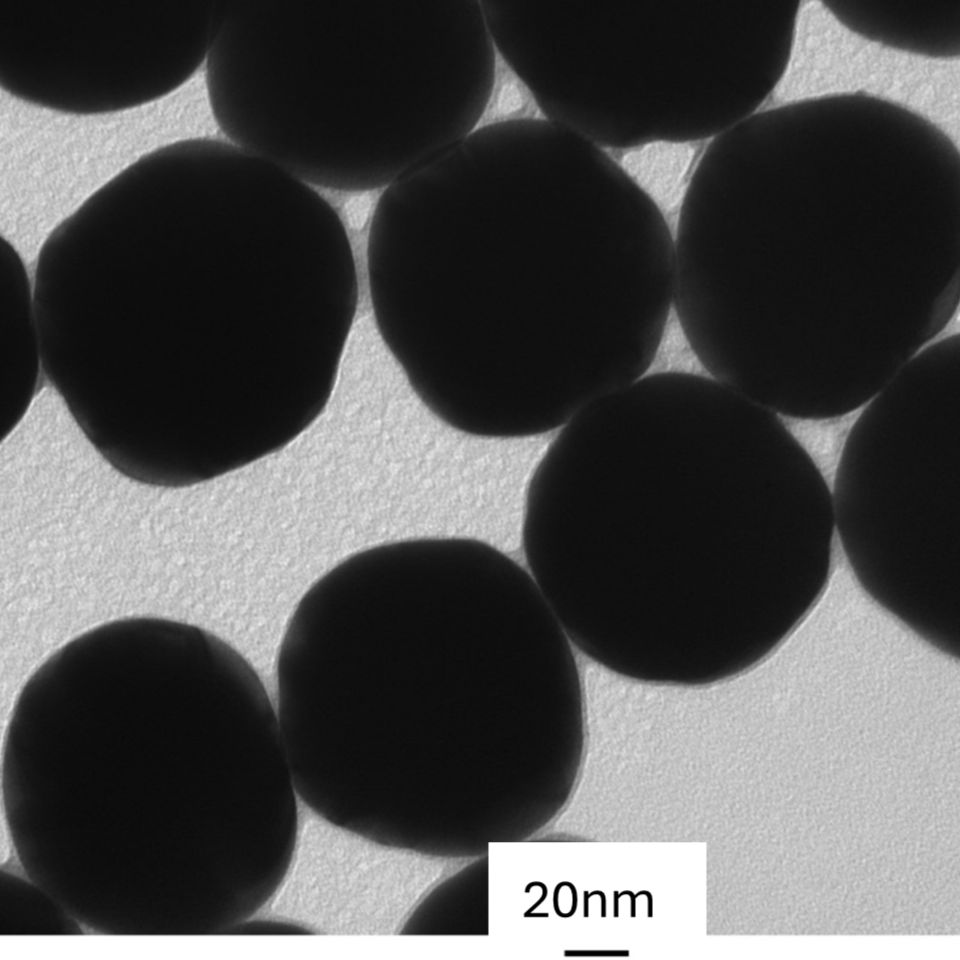
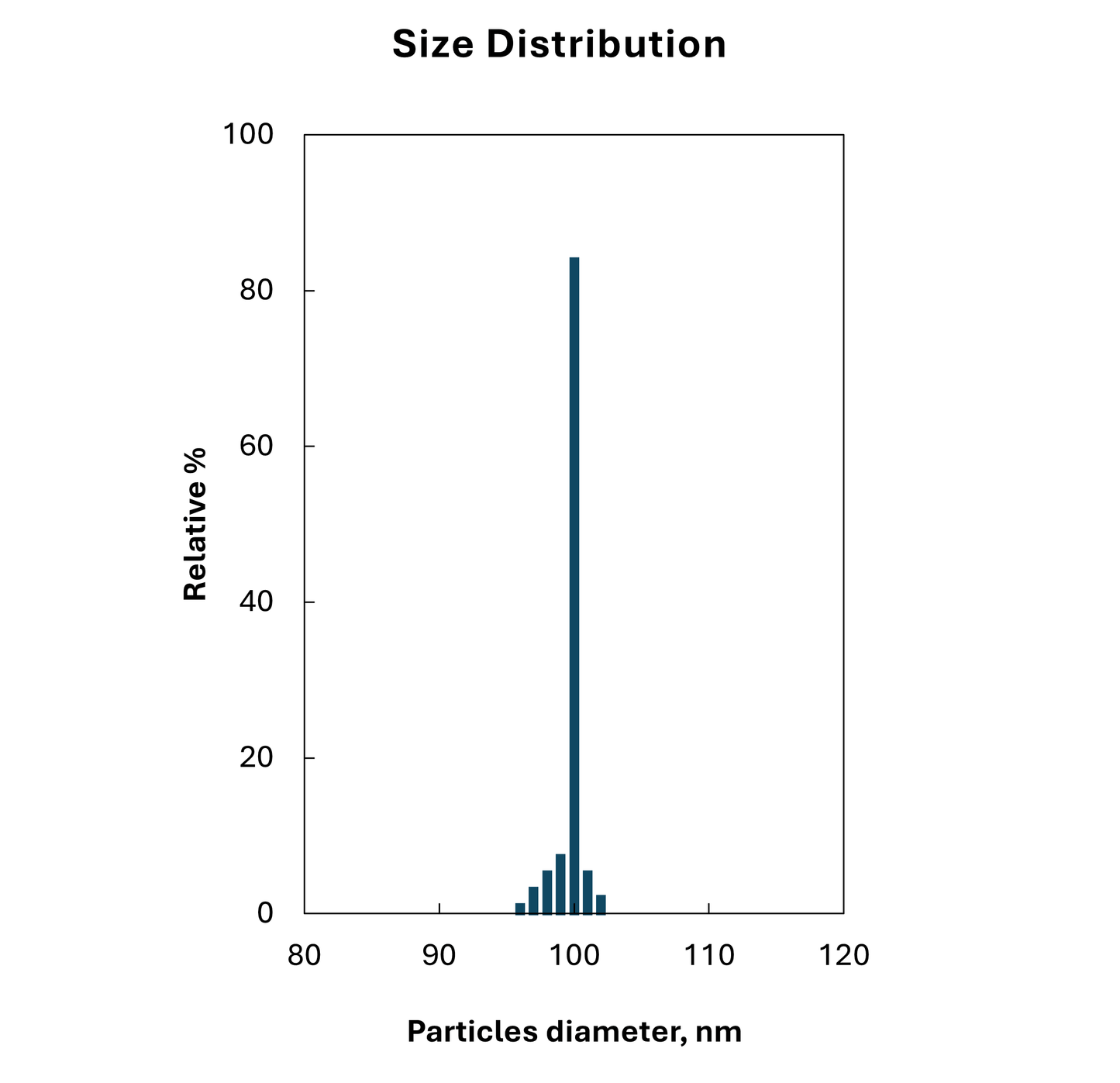
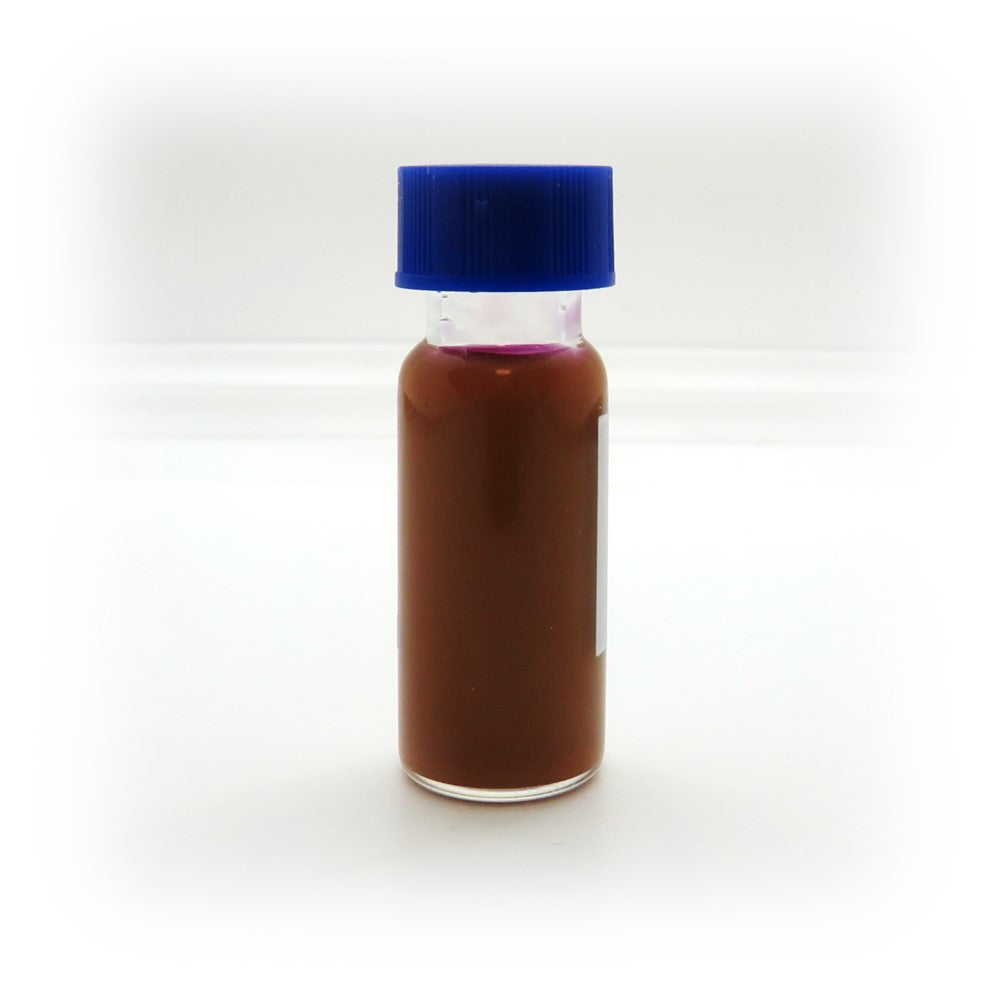
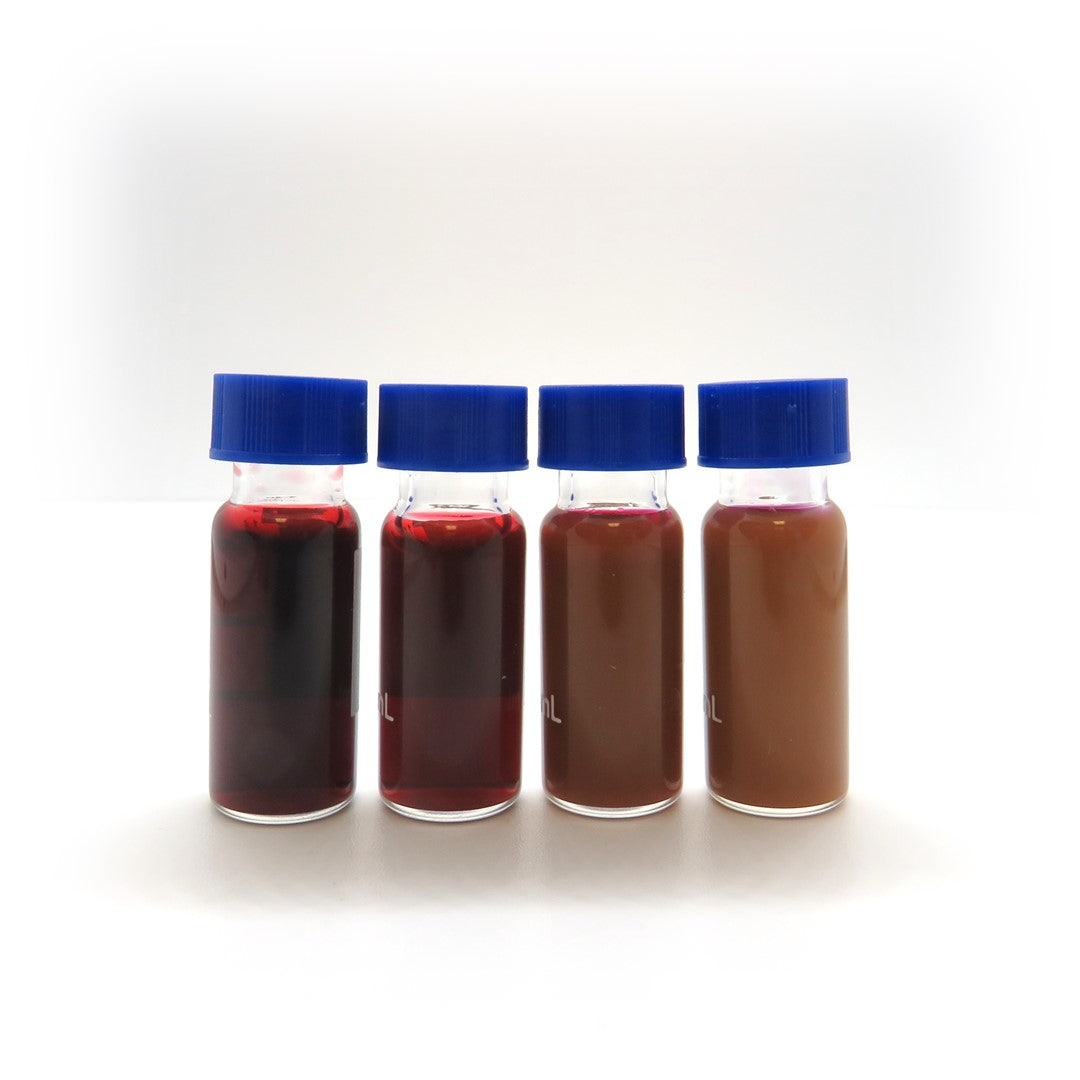
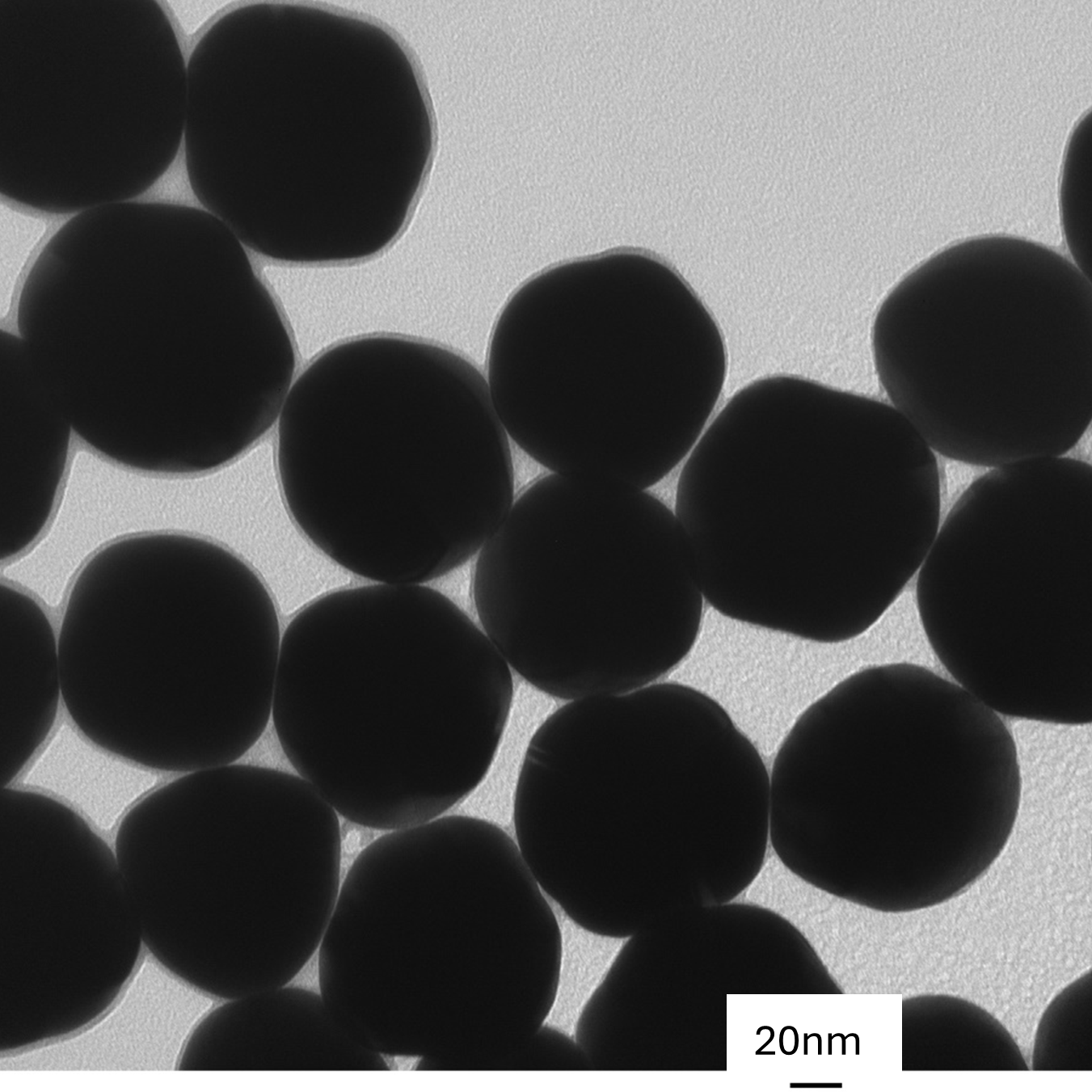
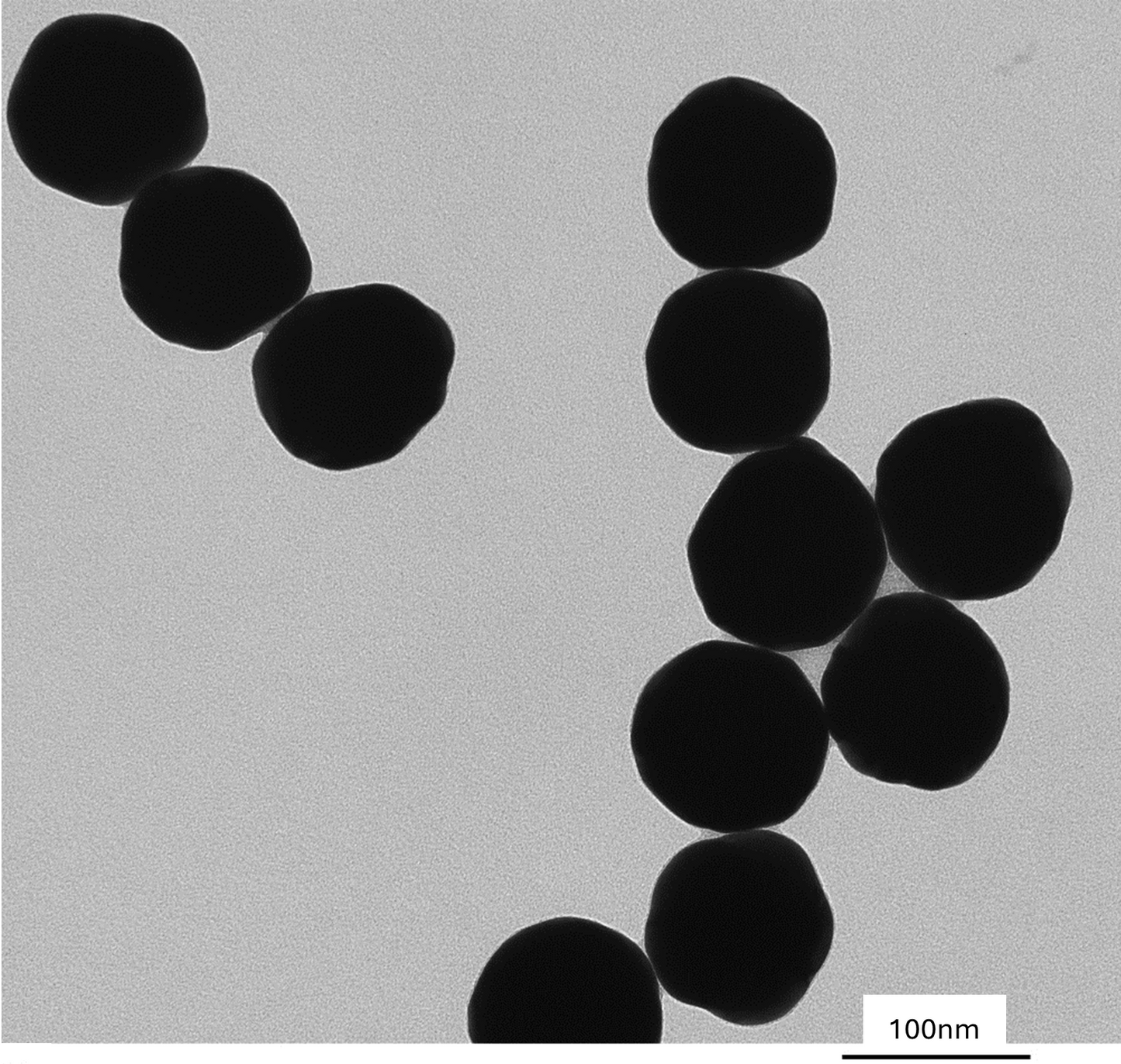
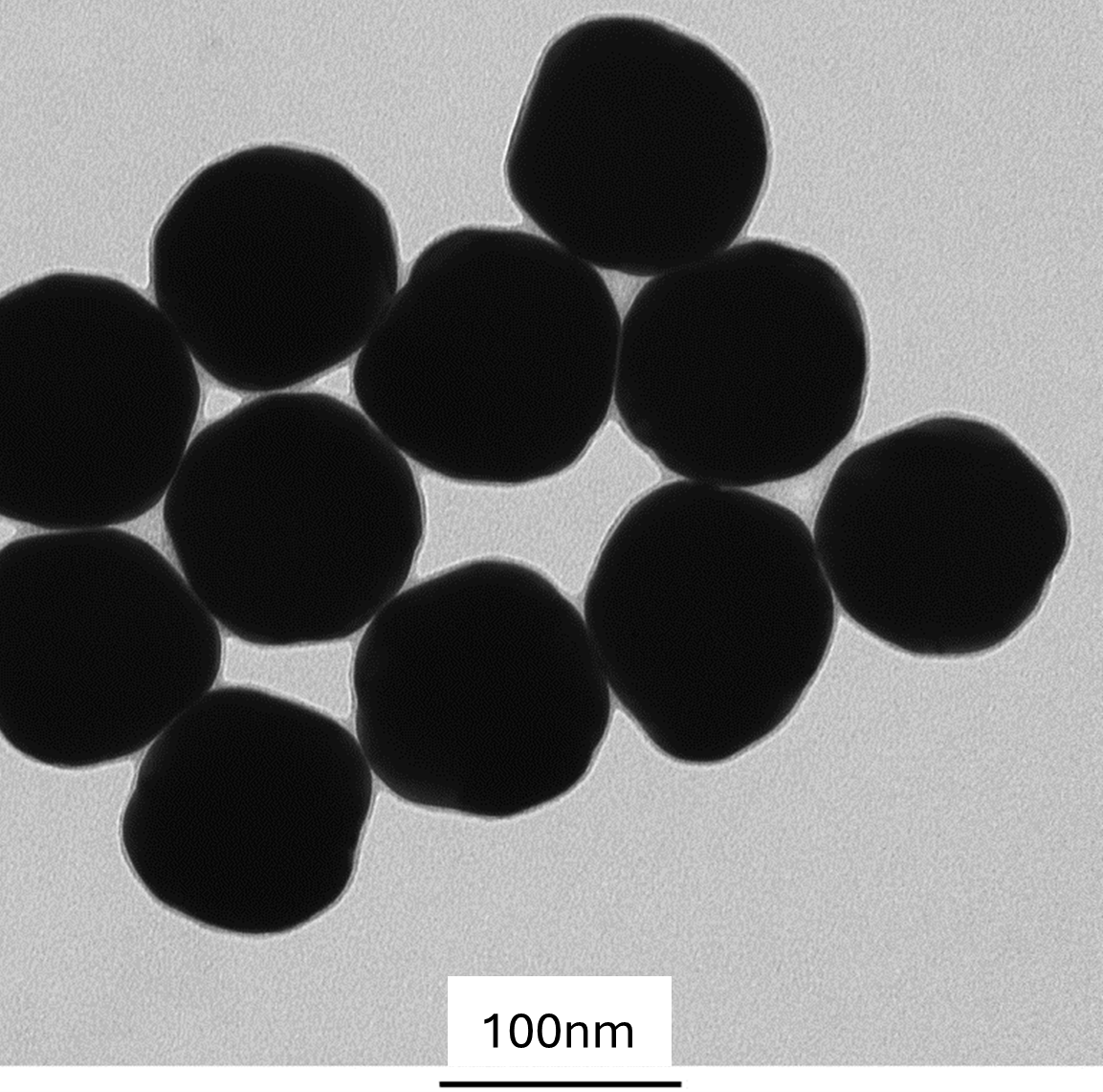
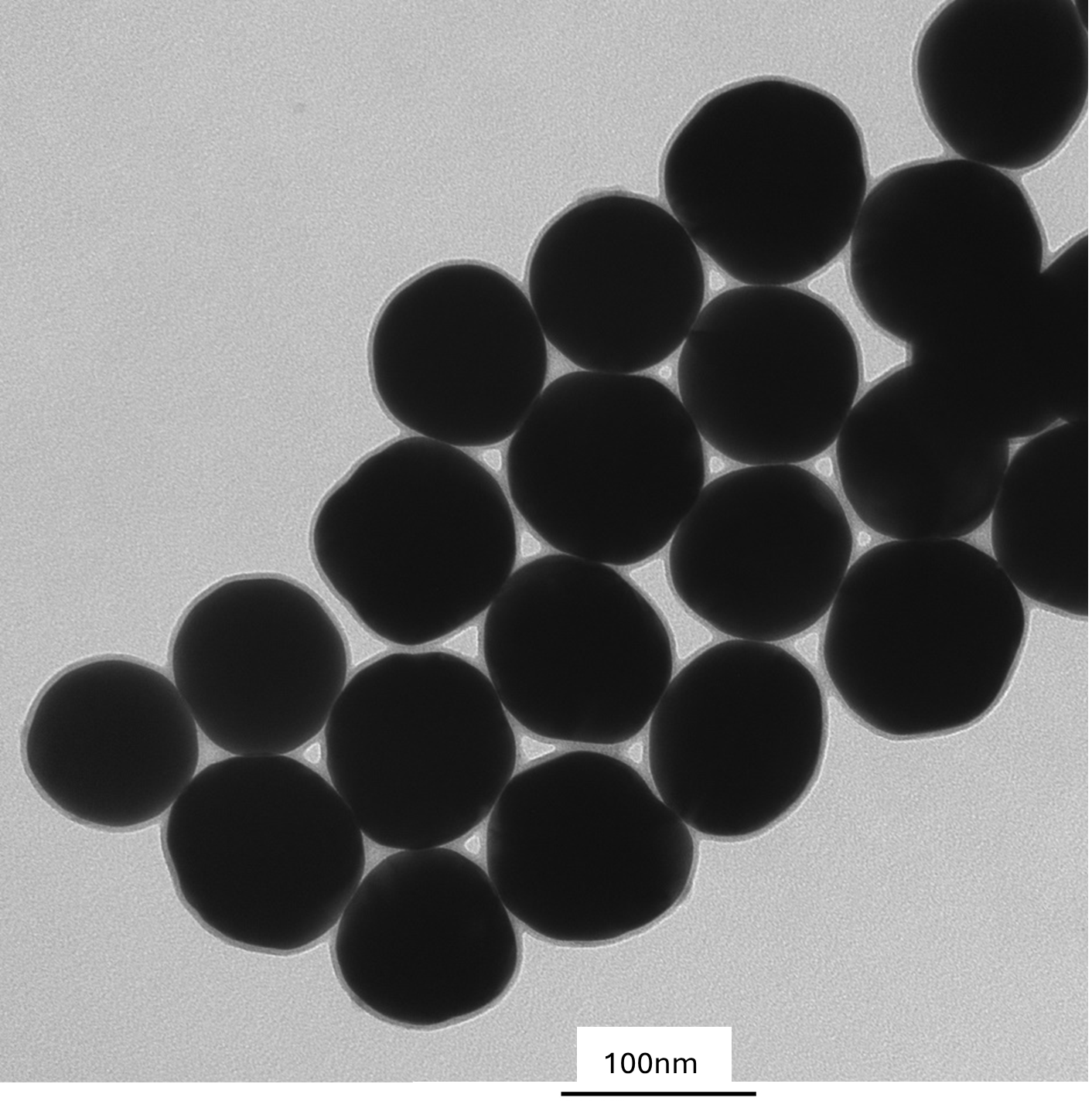
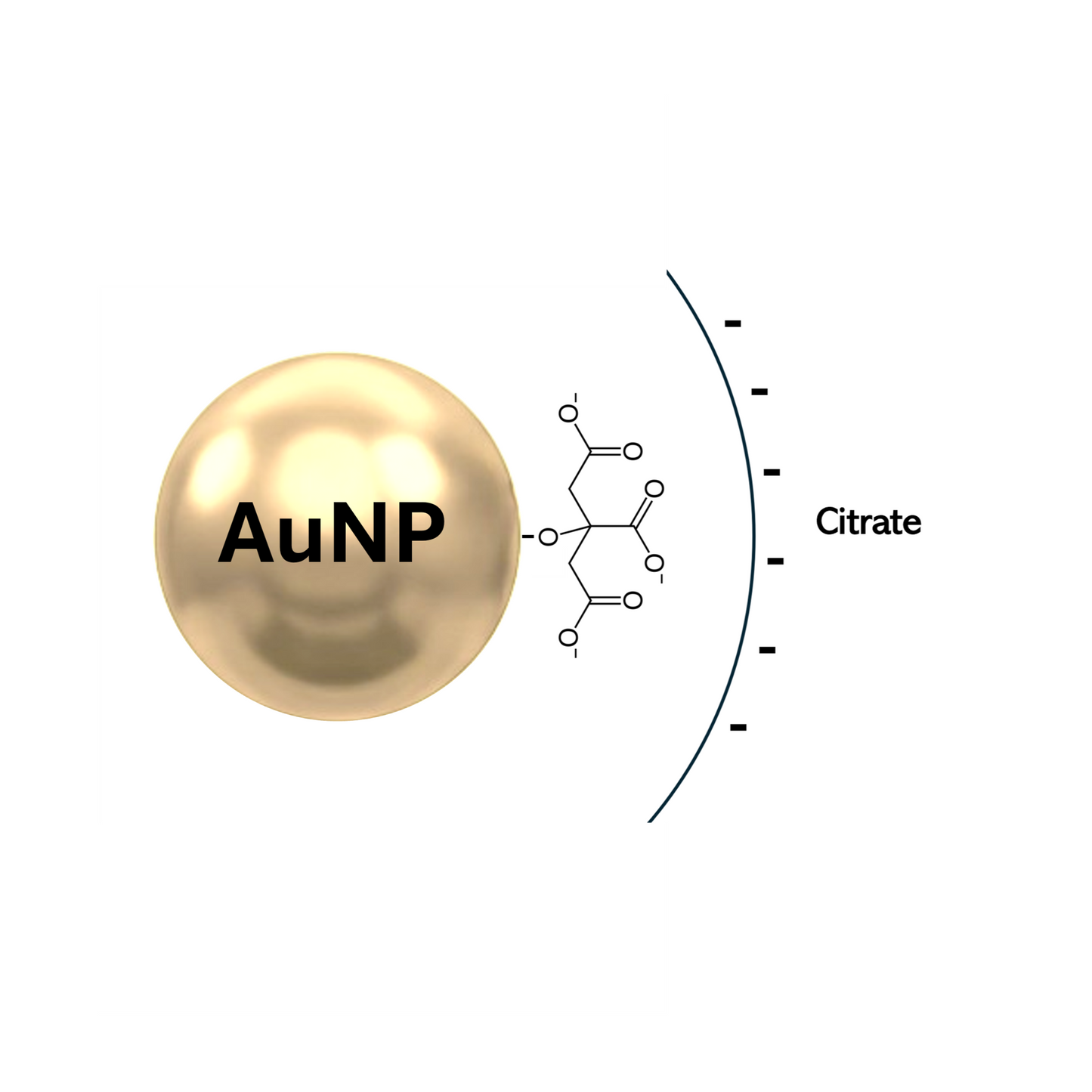
Download:

Safety Data Sheets
CoA Examples
CoA example 20nm Gold Nano-Spheres, PEG5K-CARB, OD50.pdf
CoA example 40nm Gold Nano-Spheres, PEG5K-CARB, OD50.pdf
CoA example 80nm Gold Nano-Spheres, PEG5K-CARB, OD50.pdf
CoA example 100nm Gold Nano-Spheres, PEG5K-CARB, OD50.pdf
CoA example 20nm Gold Nano-Spheres, Citrate, OD20.pdf
CoA example 40nm Gold Nano-Spheres, Citrate, OD20.pdf
